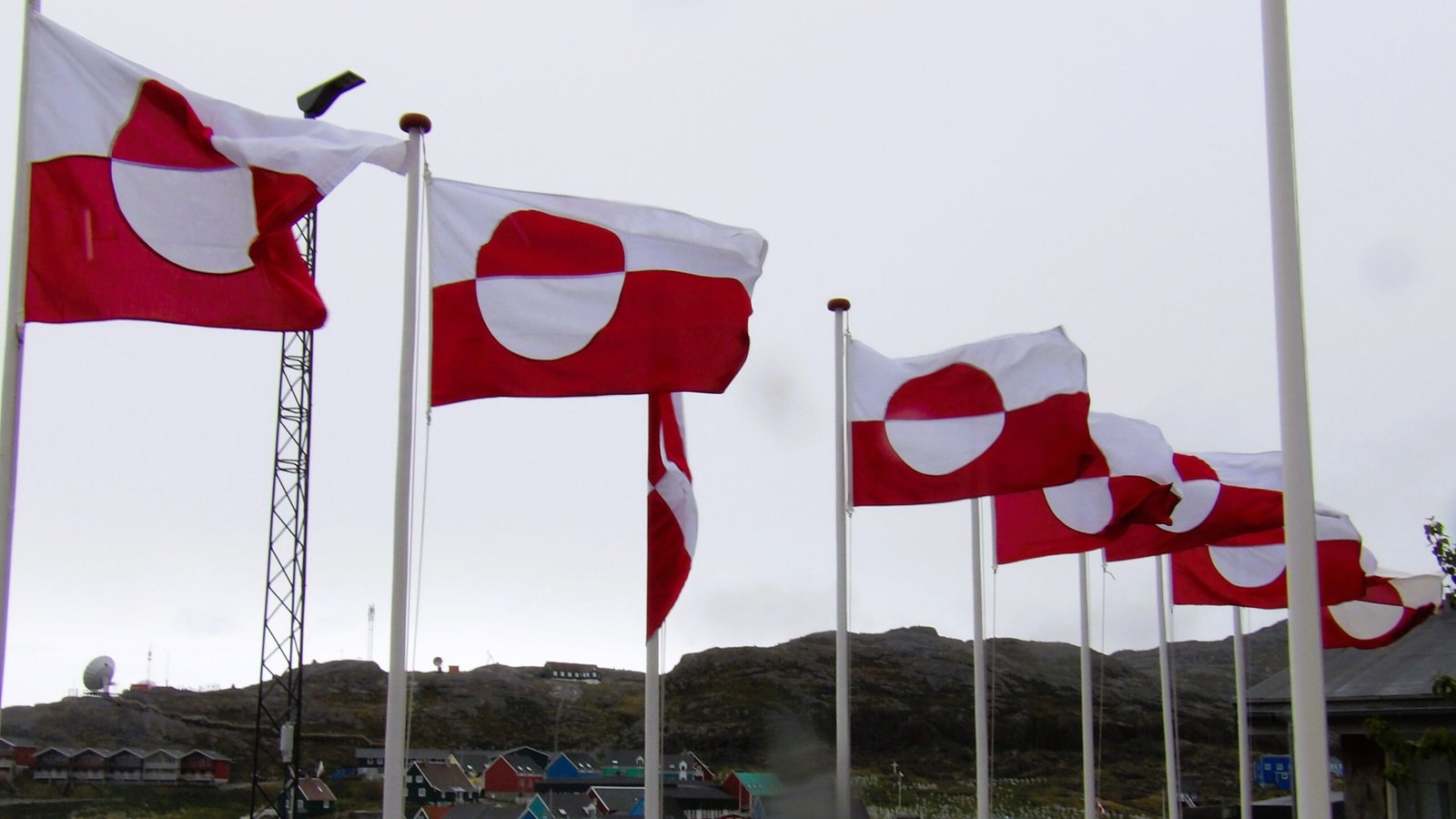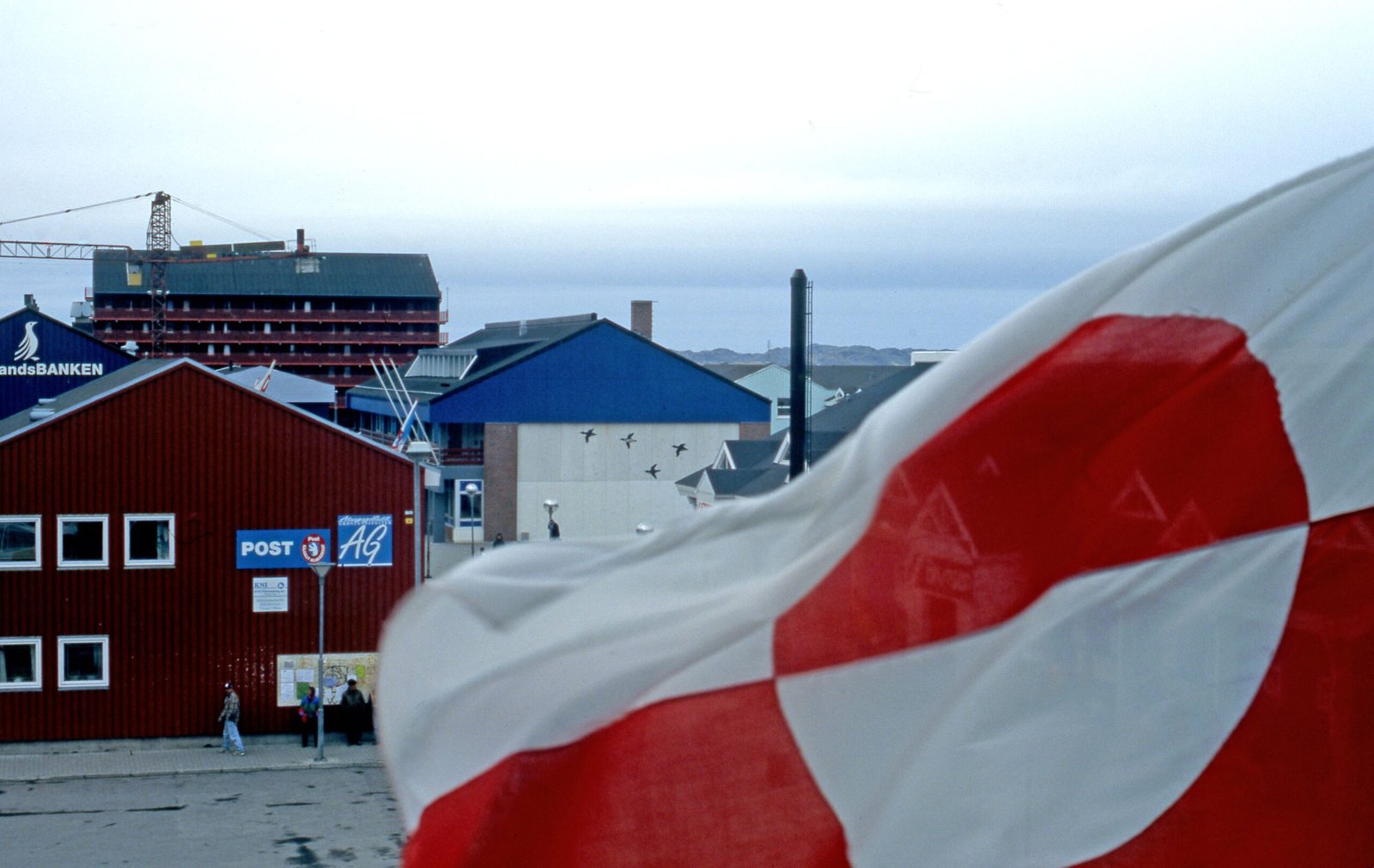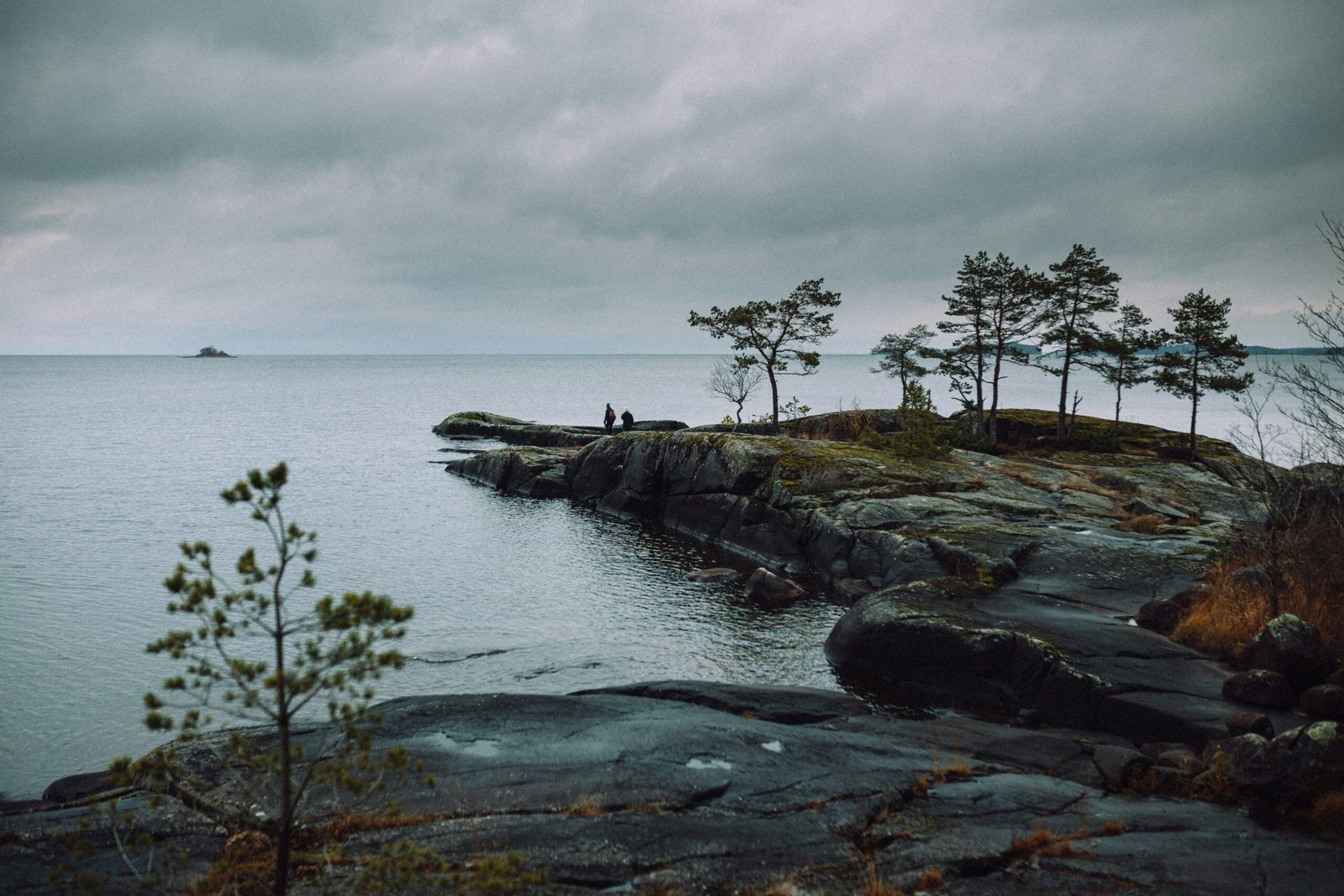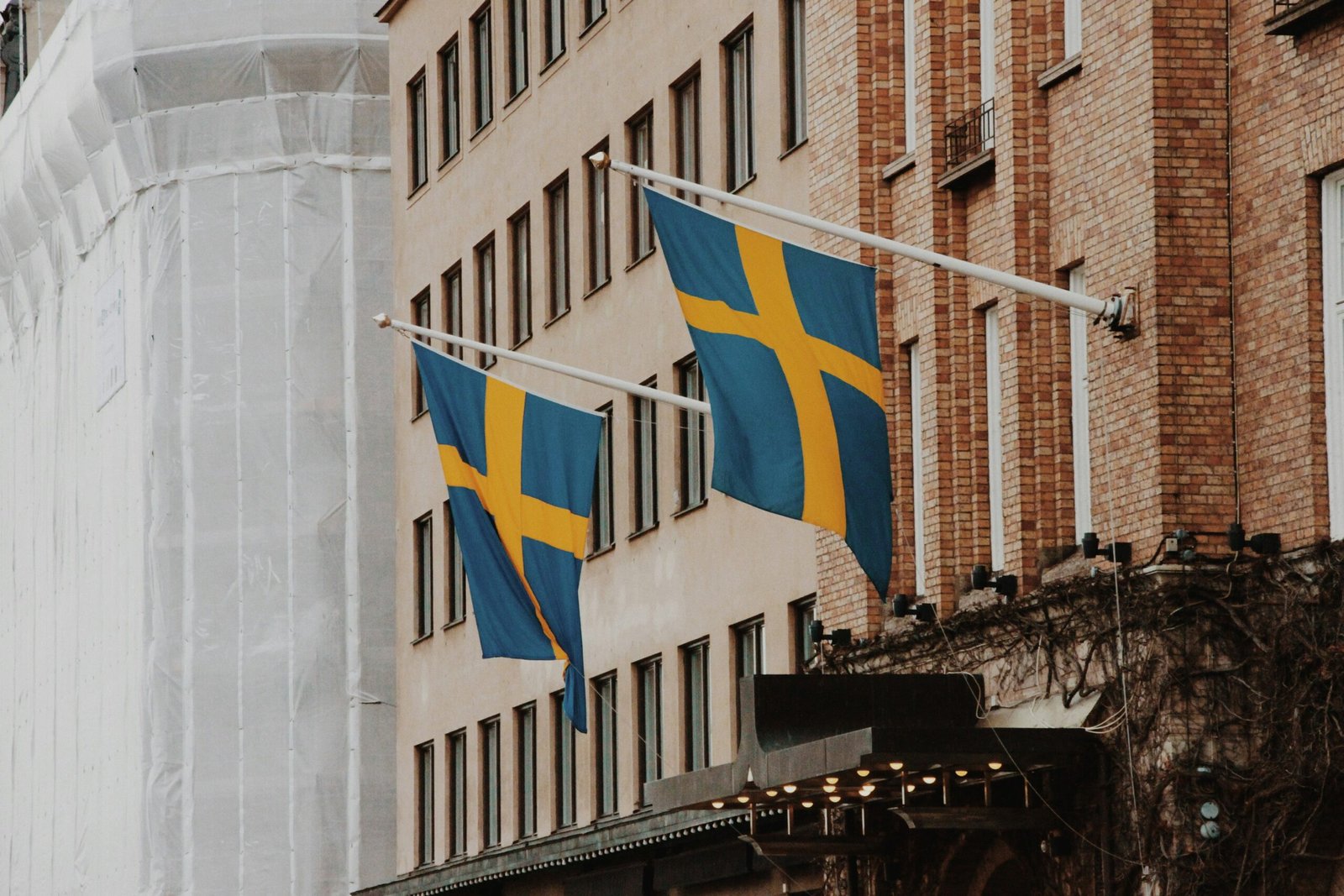Greenland, the largest island in the world, is known for its breathtaking natural landscapes and distinct culture. Although it is part of the Kingdom of Denmark, Greenland has its own identity prominently reflected in its flag. The Greenlandic flag is more than a symbol of the frozen land; it embodies its people’s history, heritage, and aspirations. To fully grasp Greenland’s path towards greater autonomy and national pride, one must understand the story behind its flag.
This article delves into the history of Greenland’s flag, its origins, symbolism, and the cultural importance it holds for the people today. We will also explore how the flag ties into Greenland’s broader political and cultural development.

The Creation of Greenland’s Flag
Greenland’s flag, known as Greenlandic: Kalaallit Erfalasuat meaning ‘our flag’, was officially adopted on June 21, 1985. This date marks Greenland’s National Day, which celebrates its culture and self-governance. The flag’s adoption was a significant step in establishing Greenland’s unique identity, separate from its status as a Danish territory.
Before 1985, Greenland did not have its own flag and used the Danish flag, the Dannebrog, which had been in use since Denmark’s colonization of the island in the 18th century. As Greenland sought greater autonomy, the need for a flag representing its own identity became stronger.
Design and Meaning of the Flag
The Greenlandic flag was designed by Thue Christiansen, a teacher and artist from Greenland. It features two horizontal bands, one red and one white, with a circle—half red and half white—placed off-center near the flagpole.
Symbolism of the Colors and Circle
The flag’s colors, red and white, are the same as those of the Danish flag, symbolizing the historical ties between Greenland and Denmark. However, the design is uniquely Greenlandic. The red and white circle represents the sun setting over the horizon and its reflection on the icy terrain. The white part of the flag signifies Greenland’s snow-covered landscape, while the red represents the ocean and the warmth of the sun.
The division of the circle into red and white also reflects Greenland’s natural cycles, with its long winters and short summers. This elegant design captures both the geography of Greenland and its people’s deep connection to the natural world.







